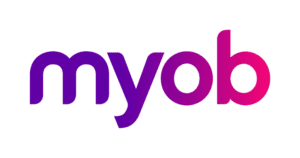While they are becoming increasingly popular for many New Zealand businesses, there is often a misconception around the true purpose of an advisory board and how they can improve the management of your business. The key point to remember is in the name – the role of these Boards is to advise, not to decide. Advisory Board members are not all Directors or owners of the business they are advising, and therefore their role is to work with and support these people to ensure they are making the best decisions at the right time.
Purpose
When managing a business it’s far too easy to get caught up in the day-to-day decisions that make the business operate, rather than considering the bigger picture. A good advisory board will create a structure that encourages the decision makers to take a step back and understand the reasons for their decisions, rather than just reacting to what is in front of them on any given day. By introducing a level of formality and structure to the governance of the business, this ensures that decisions are made in accordance with the long-term strategy.
People
Bringing in an outside perspective also makes available the specialist knowledge or experience about a particular industry, technology or location that your business would not otherwise have access to. Boards usually consist of four – six members and are often made up of a mix of family members and independent advisors, with one of the independent members normally being appointed as Board Chair. As the purpose of the Board is to advise rather than decide, the role of Chair is not to be the “casting vote”, but rather to ensure that all members can share their views and a strong consensus is reached by the group. As part of this role the Chair is also responsible for running the meetings in an efficient and effective manner.
Process
A key step in the process is to define what you want to achieve from an Advisory Board, as this will influence the people involved and the priorities you focus on. As part of this, Boards will often prepare a “Terms of Reference” document that lays out in more detail their goals, the process they will follow and any key principals or guidelines they will work under. This doesn’t need to be a complicated or formal legal document however – it is often prepared by the group as part of their first meeting. Boards will often include in this other key points like how often they will meet, who will be responsible for preparing an agenda and taking notes for each meeting, or a clear process for someone new to be appointed to the Board.
One of the most important points of difference between an Advisory Board and a traditional Board of Directors is the flexibility that is available to the members. You can make a Board that works for you – formal or informal, small or large, regular or irregular. By establishing an Advisory Board that works for your business, you can ensure that the business owners have the support and guidance they need to make the best decisions possible, in good times and in bad.
Jon Jarman









